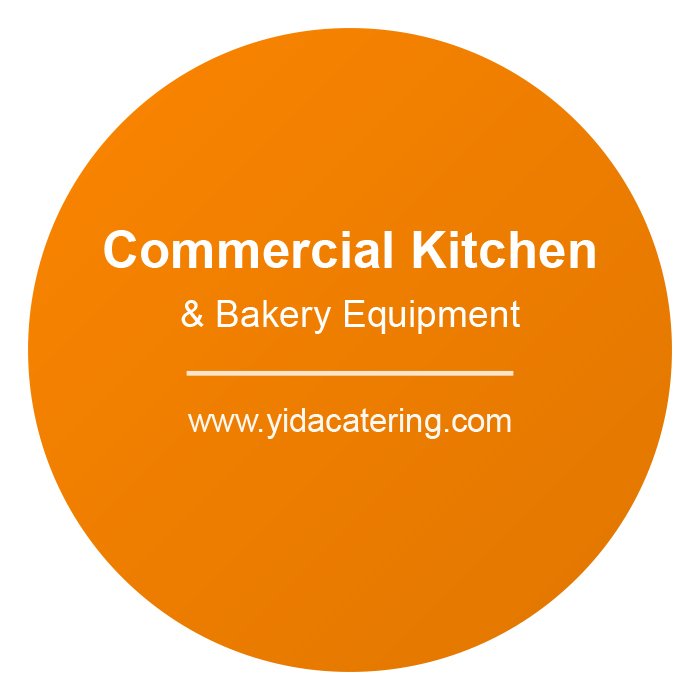When it comes to the snack industry, potato chips remain one of the most popular and profitable products. As consumer demand continues to rise, many businesses are looking to invest in high-quality potato chips making machines to streamline production and meet market needs. However, with so many options available, choosing the right machine for your business can be a daunting task. This guide will walk you through the key factors to consider when selecting the best potato chips making machine to ensure your investment is both efficient and profitable.
1. Understand Your Production Requirements
Before diving into the specifics of different machines, it’s essential to assess your business’s production needs. Ask yourself the following questions:
- What is your target production capacity? (e.g., small-scale, medium-scale, or large-scale operations)
- Are you producing standard potato chips, flavored chips, or specialty products like kettle-cooked chips?
- What is your budget for the machine and any associated costs, such as installation and maintenance?
Understanding these requirements will help you narrow down your options and focus on machines that align with your business goals.
2. Evaluate Machine Types and Features
Potato chips making machines come in various types, ranging from semi-automatic to fully automatic systems. Each type has its own set of features and advantages:
- Semi-Automatic Machines: These are ideal for small-scale operations with limited budgets. They require manual intervention at certain stages, such as loading or unloading.
- Fully Automatic Machines: These are designed for high-volume production and minimal manual labor. They typically include features like automated peeling, slicing, frying, seasoning, and packaging.
- Batch vs. Continuous Fryers: Batch fryers are suitable for producing smaller quantities with more control over flavor and texture, while continuous fryers are better for large-scale production with consistent output.
Look for additional features that can enhance efficiency, such as energy-saving technology, adjustable slicing thickness, or integrated oil filtration systems.
3. Prioritize Quality and Durability
Investing in a potato chips making machine is a long-term commitment, so it’s crucial to choose equipment that is built to last. Opt for machines made from high-quality materials like stainless steel, which is durable, easy to clean, and resistant to corrosion. Check for certifications or standards compliance to ensure the machine meets industry safety and hygiene requirements.
It’s also a good idea to research the manufacturer’s reputation. Look for companies with a proven track record of producing reliable equipment and providing excellent customer support.
4. Consider Customization Options
Every business has unique needs, and a one-size-fits-all approach may not work for your operation. Many manufacturers offer customization options to tailor their machines to your specific requirements. For example:
- Adjustable slicing thickness for different chip styles
- Variable frying temperatures for diverse recipes
- Custom seasoning systems for unique flavor profiles
Discuss your needs with the manufacturer to determine if they can accommodate your preferences.
5. Assess Energy Efficiency
Energy efficiency is an important factor that can significantly impact your operational costs. Look for machines that consume less power without compromising performance. Features like heat recovery systems or energy-efficient motors can help reduce electricity usage and lower your overall expenses.
6. Factor in Maintenance and Support
Regular maintenance is essential to keep your potato chips making machine running smoothly. Choose a machine that is easy to clean and maintain, with readily available spare parts. Additionally, consider the level of technical support provided by the manufacturer or supplier. A reliable after-sales service team can save you time and money in case of unexpected issues.
7. Compare Prices and ROI
While cost is a major consideration, it’s important to look beyond the initial price tag. Consider the total cost of ownership, including installation, maintenance, energy consumption, and potential downtime. A slightly more expensive machine with better efficiency and durability may offer a higher return on investment (ROI) in the long run.
8. Request Demos or Trials
Whenever possible, request a demonstration or trial run of the machine before making a purchase. This will give you a hands-on understanding of how the equipment operates and whether it meets your expectations in terms of performance and ease of use.
Conclusion
Choosing the best potato chips making machine for your business requires careful consideration of your production needs, budget, and long-term goals. By evaluating factors such as machine type, quality, energy efficiency, and manufacturer support, you can make an informed decision that sets your business up for success. Remember, investing in the right equipment is not just about meeting current demand—it’s about positioning your brand for sustainable growth in a competitive market.
Take your time to research thoroughly, consult with industry experts if needed, and select a machine that will help you deliver high-quality potato chips that keep customers coming back for more.

